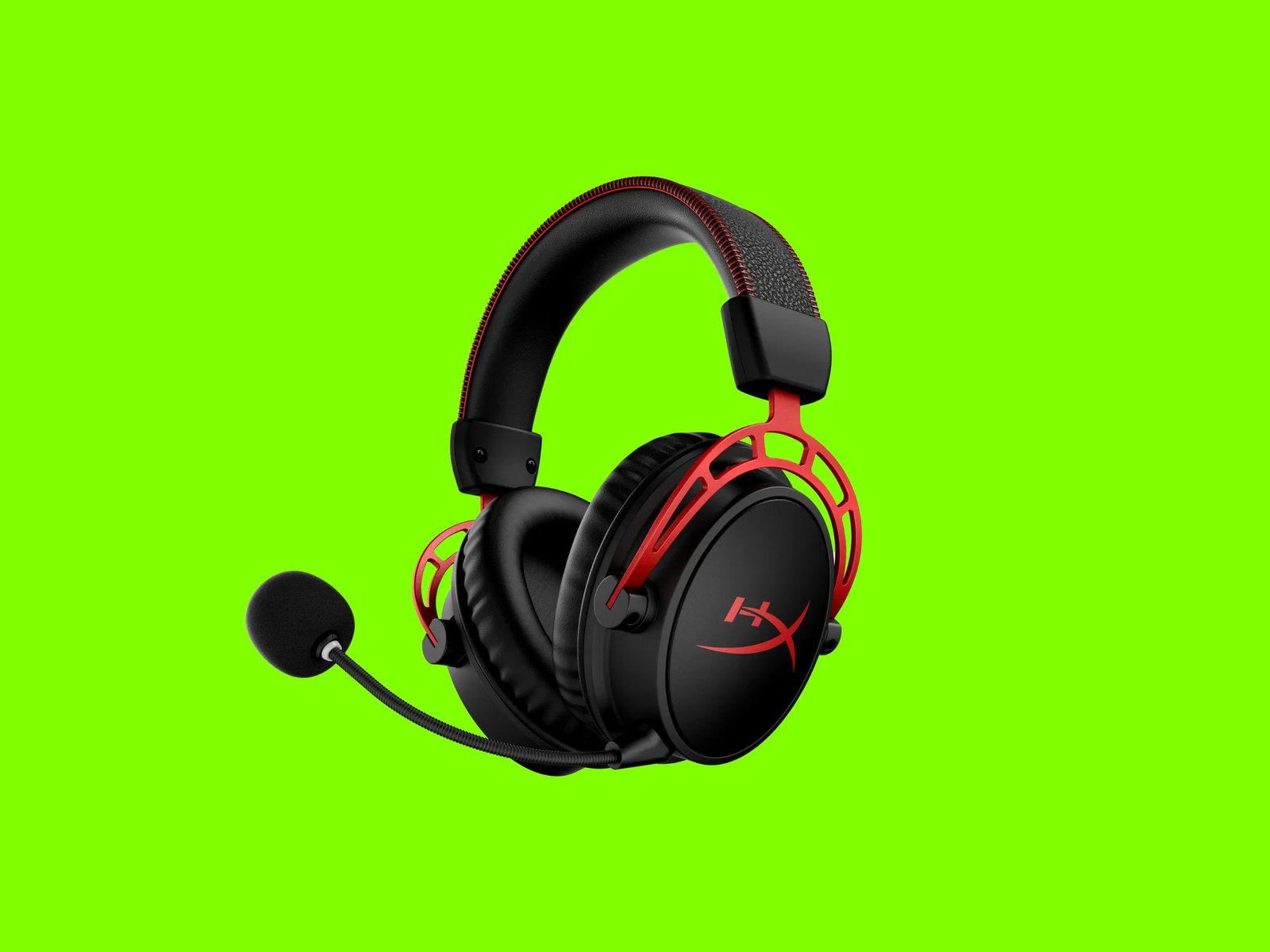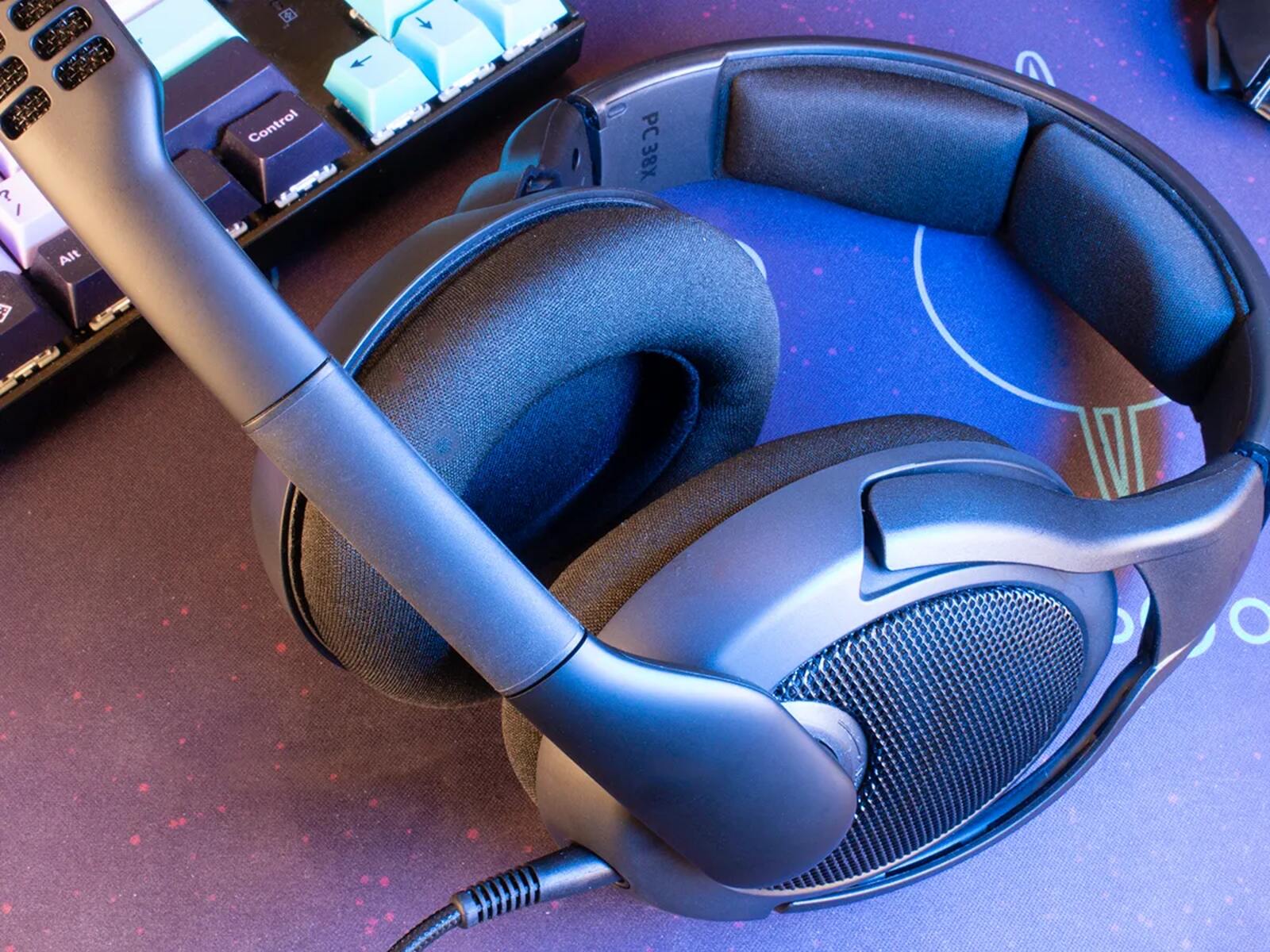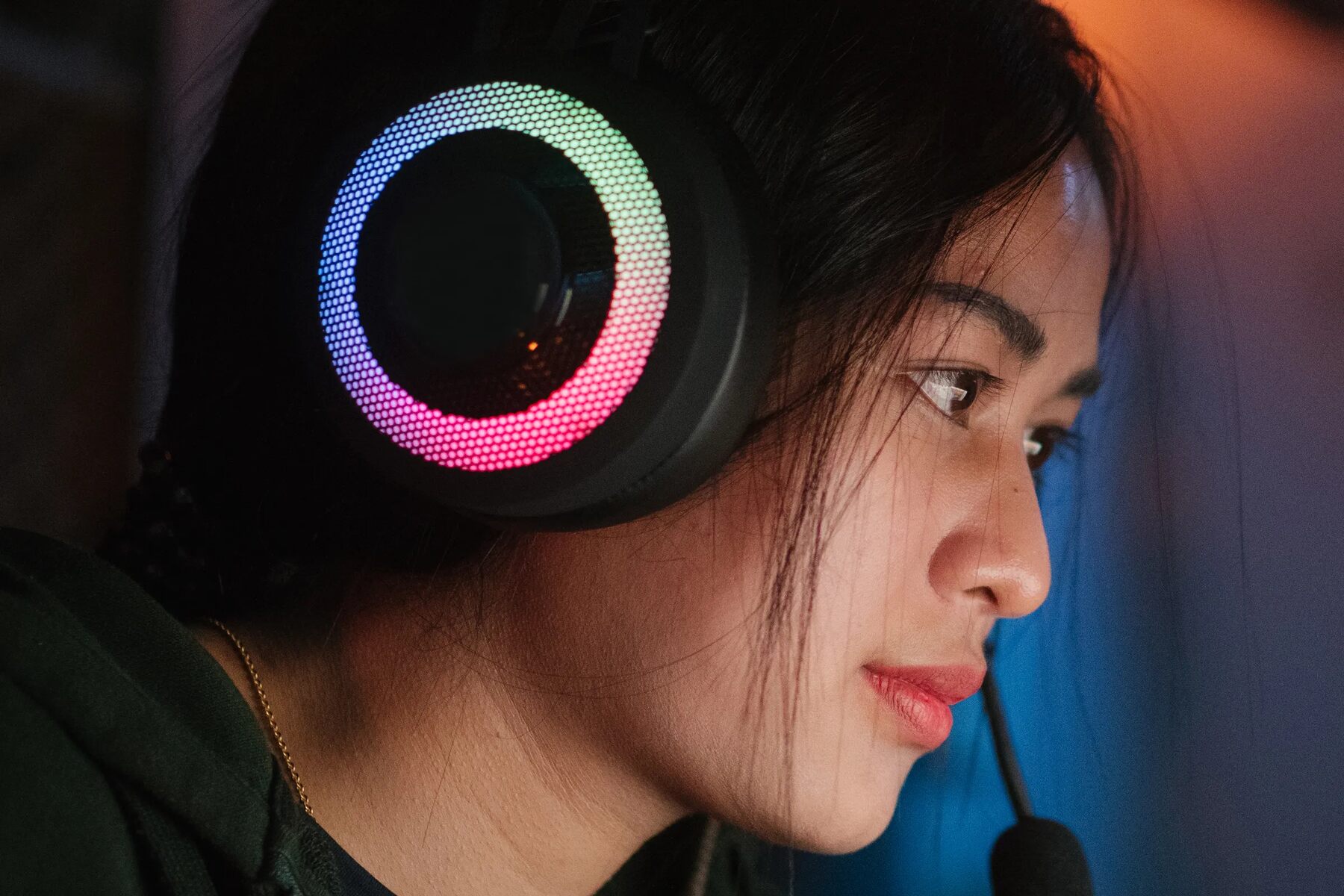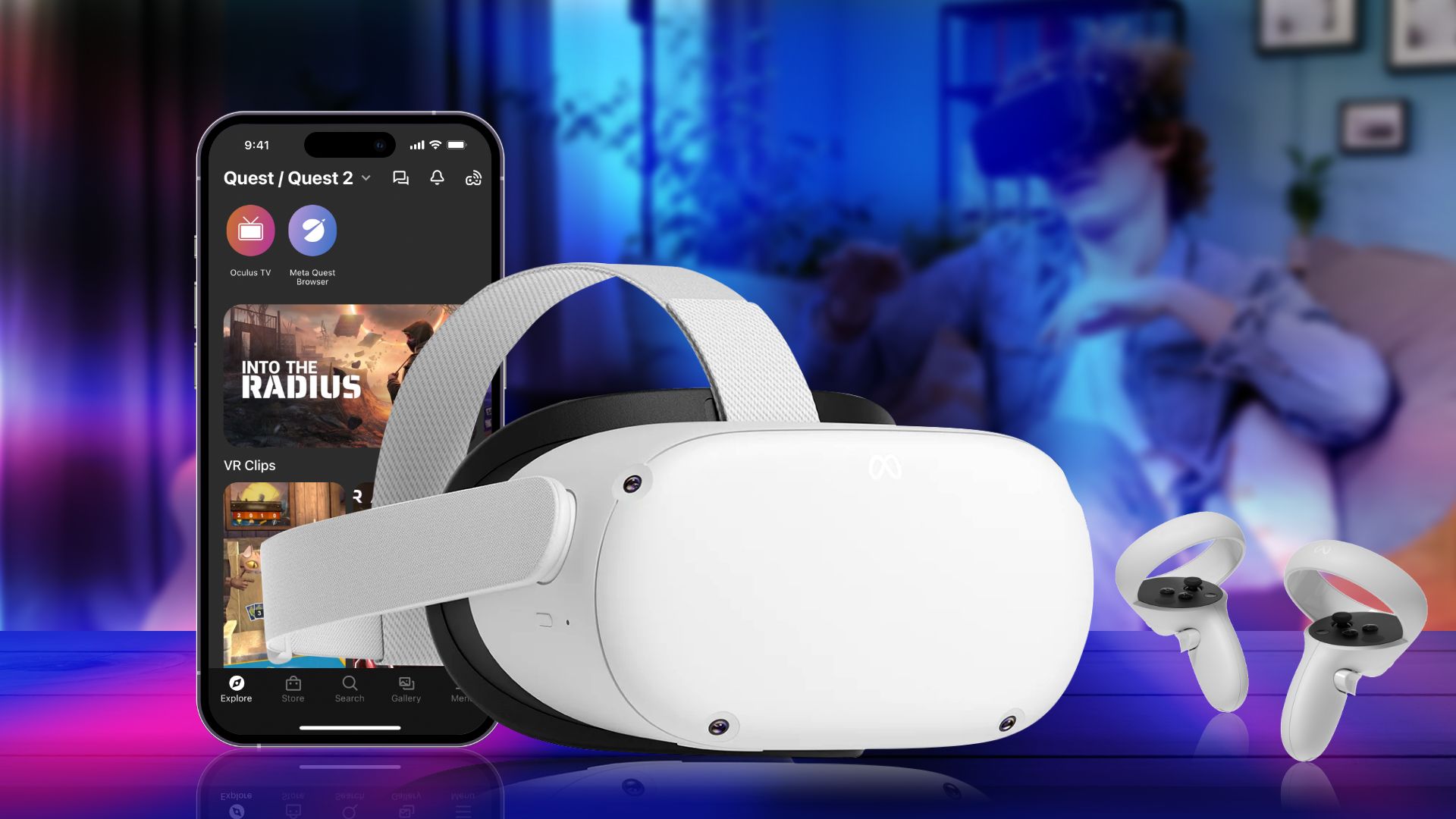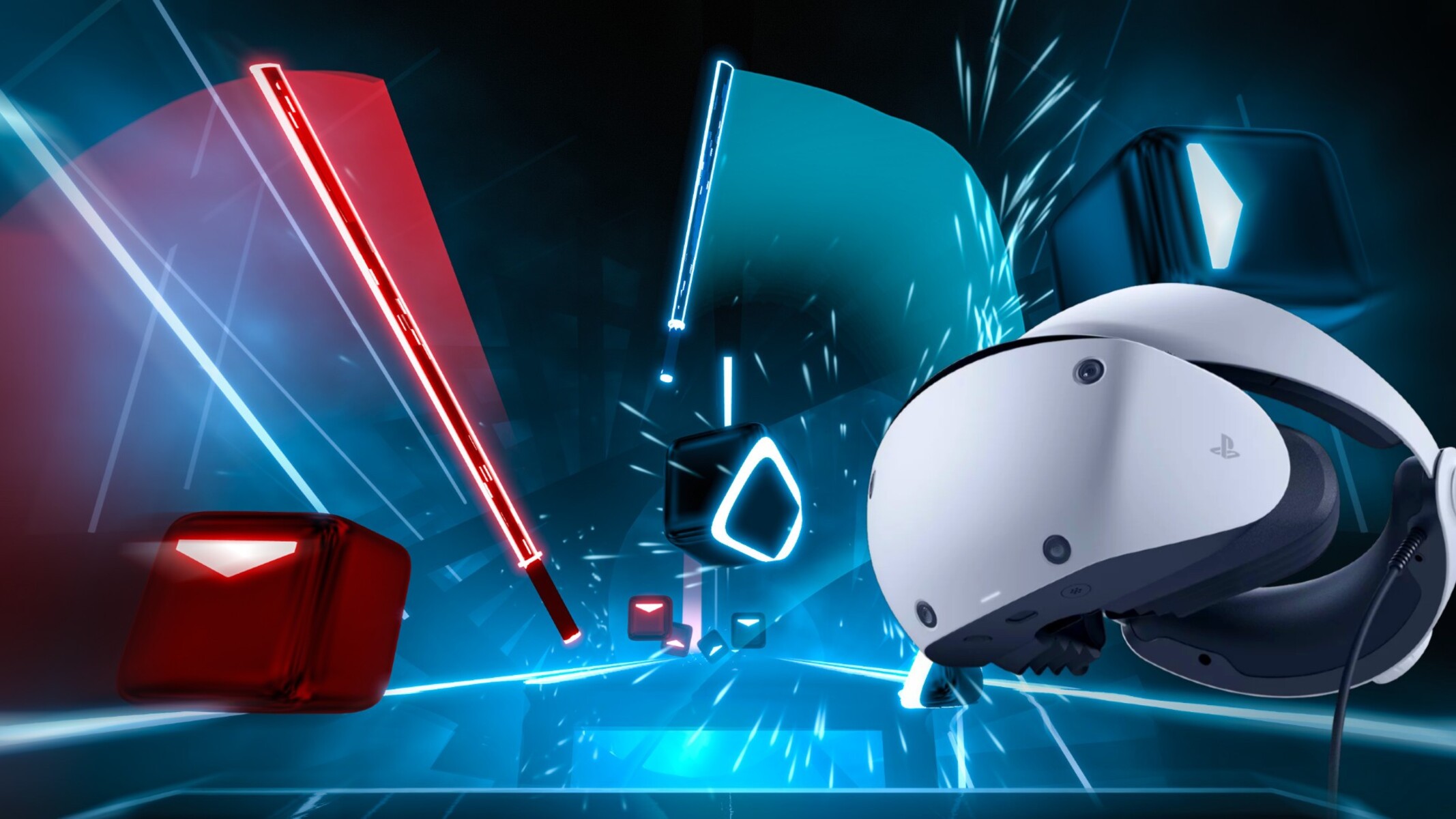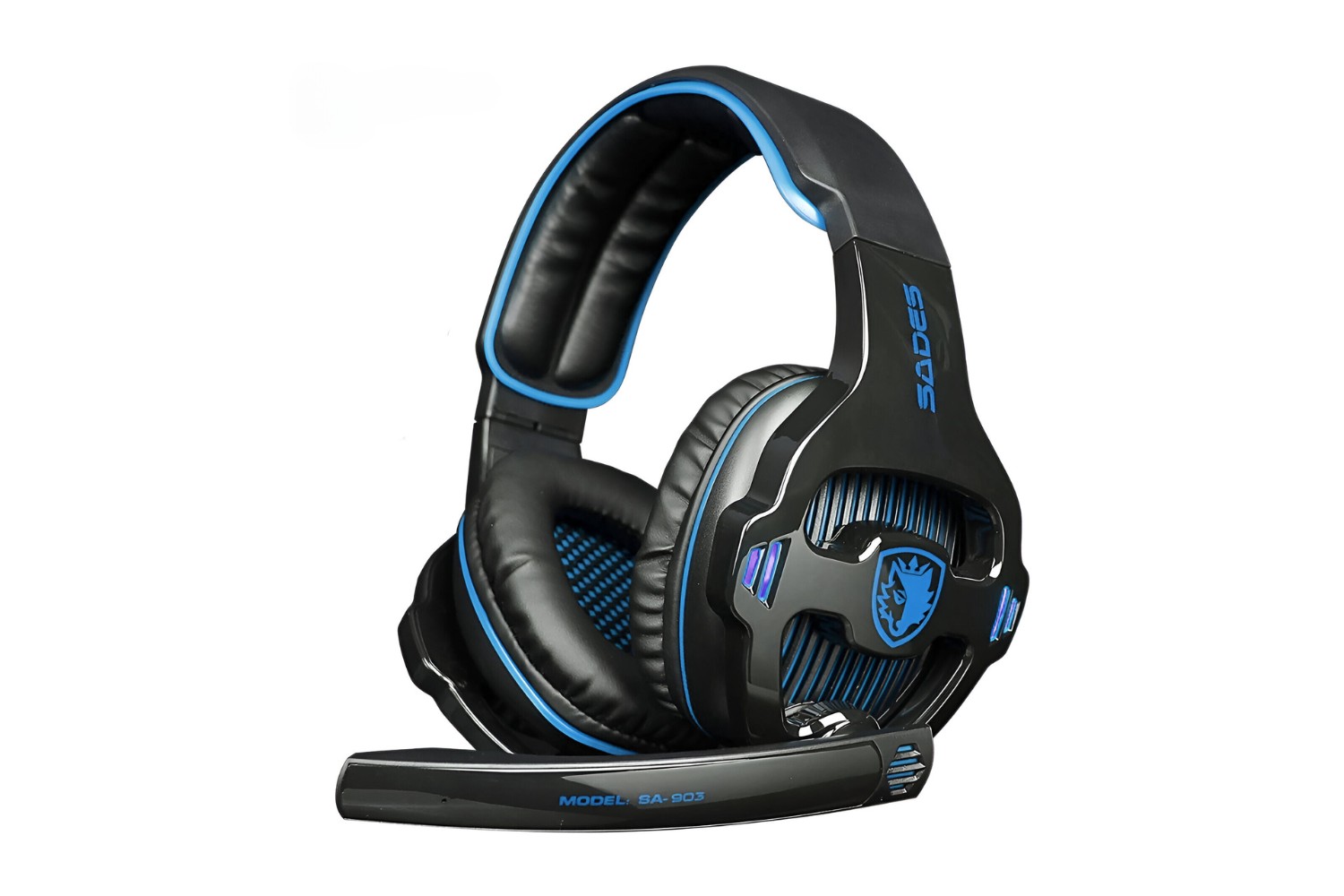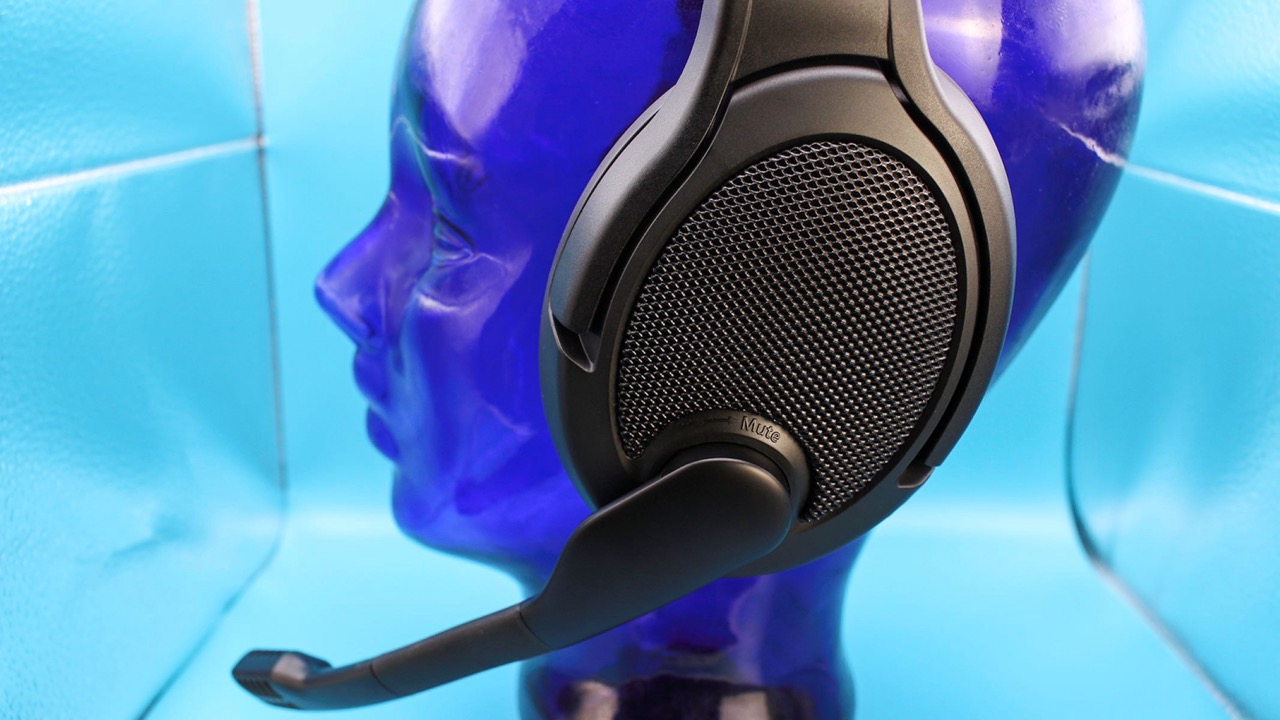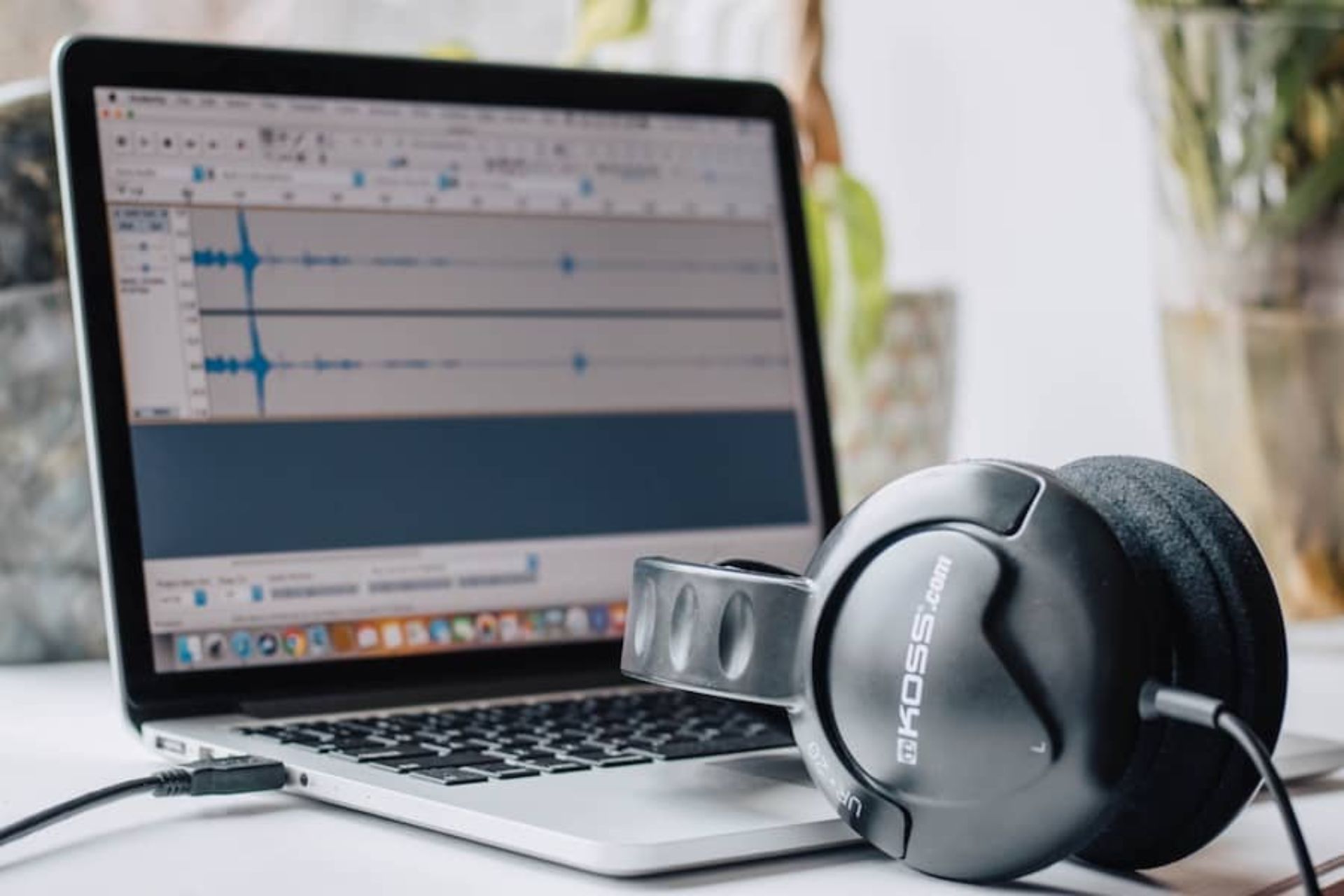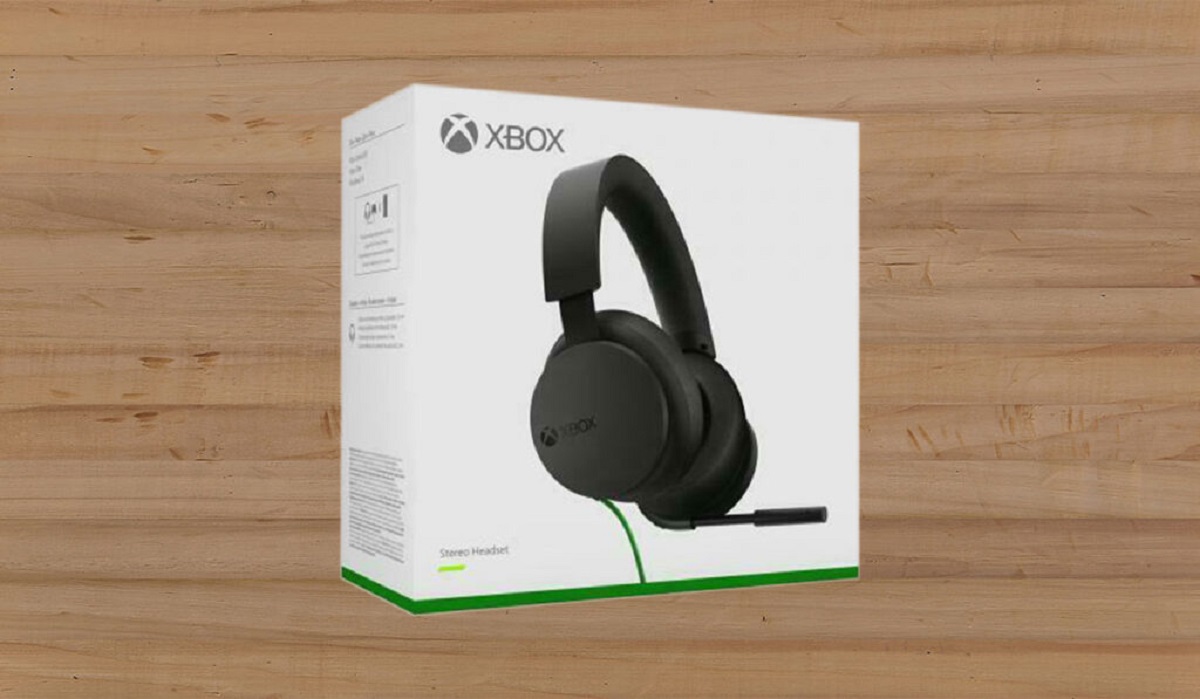Common Issues with Gaming Headsets
Common Issues with Gaming Headsets
Gaming headsets are essential accessories for an immersive gaming experience, but they can sometimes present frustrating issues that hinder gameplay. Understanding the common problems that arise with gaming headsets is the first step to resolving them effectively. Here are some prevalent issues that gamers encounter:
1. Audio Distortion
- Description: Audio distortion, such as crackling, popping, or static, can significantly diminish the gaming experience.
- Possible Causes: This issue may arise from loose connections, driver problems, or hardware malfunctions.
- Solution: Ensuring that all connections are secure, updating audio drivers, and checking for hardware defects can help resolve audio distortion.
2. No Sound
- Description: Sometimes, the headset produces no sound at all, leaving the user unable to hear any audio from the game.
- Possible Causes: This issue may stem from faulty cables, volume settings, or software misconfigurations.
- Solution: Checking the cables for damage, adjusting volume settings, and verifying software configurations are essential steps to restore sound output.
3. Mic Malfunctions
- Description: When the microphone fails to pick up the user's voice or produces muffled or distorted sound, communication with other players becomes challenging.
- Possible Causes: Mic malfunctions can result from hardware issues, software settings, or physical damage to the microphone.
- Solution: Verifying hardware integrity, adjusting software settings, and inspecting the physical condition of the microphone can help rectify mic malfunctions.
4. Comfort and Fit
- Description: Uncomfortable or ill-fitting headsets can cause discomfort during extended gaming sessions, leading to distractions and reduced enjoyment.
- Possible Causes: Poor design, inadequate cushioning, or incorrect sizing can contribute to discomfort and an improper fit.
- Solution: Exploring headset options with superior ergonomics, ample cushioning, and adjustable sizing can enhance comfort and ensure a better fit for prolonged gaming sessions.
5. Connectivity Issues
- Description: Intermittent or unstable connections between the headset and the gaming device can disrupt audio and communication.
- Possible Causes: Loose connections, incompatible ports, or wireless interference can lead to connectivity issues.
- Solution: Securing connections, using compatible ports, and minimizing wireless interference can help stabilize the headset's connectivity.
Understanding these common issues with gaming headsets empowers gamers to troubleshoot effectively and optimize their gaming experience. By addressing these challenges, players can ensure that their gaming headsets function optimally, allowing for uninterrupted gameplay and seamless communication with fellow gamers.
Troubleshooting Steps for Gaming Headset Problems
Troubleshooting Steps for Gaming Headset Problems
Encountering issues with gaming headsets can be frustrating, but with the right troubleshooting approach, many problems can be resolved effectively. Here are some essential steps to troubleshoot common gaming headset issues:
1. Check Connections
Ensure that all cables and connections are secure and free from damage. Reconnecting the headset to the gaming device can also help establish a stable connection.
2. Update Drivers
Visit the headset manufacturer’s website or use dedicated software to check for and install the latest drivers. Updated drivers can resolve compatibility issues and improve overall headset performance.
3. Adjust Volume and Audio Settings
Verify that the volume settings on the gaming device and the headset are appropriately configured. Additionally, adjusting audio settings in the game or system preferences can address sound-related issues.
4. Test on Alternative Devices
Connect the gaming headset to a different gaming device or audio source to determine if the issue is specific to a particular device. This can help isolate the root cause of the problem.
5. Inspect Microphone Settings
Check the microphone settings in the game, system, and communication applications to ensure that the microphone is enabled and properly configured. Adjusting sensitivity and noise cancellation settings can improve microphone performance.
6. Verify Compatibility
Ensure that the gaming headset is compatible with the gaming device or console. Using officially supported headsets can minimize compatibility issues and ensure seamless functionality.
7. Update Firmware
If the gaming headset has firmware that can be updated, visit the manufacturer’s website to download and install the latest firmware. Firmware updates often address performance and compatibility issues.
8. Clean and Maintain the Headset
Regularly clean the headset, including the ear cups, microphone, and cables, to prevent dust and debris from impacting performance. Proper maintenance can prolong the lifespan of the headset.
By following these troubleshooting steps, gamers can effectively address common problems with gaming headsets, allowing for a more enjoyable and seamless gaming experience. These proactive measures empower users to resolve issues independently and optimize the performance of their gaming headsets.
How to Fix Audio Issues with Gaming Headsets
How to Fix Audio Issues with Gaming Headsets
Audio issues with gaming headsets can significantly detract from the immersive gaming experience. Addressing these issues effectively requires a systematic approach to troubleshooting and resolving common audio-related problems. Here are actionable steps to fix audio issues with gaming headsets:
1. Check Cable Connections
Inspect the cable connections between the headset, gaming device, and audio source. Ensure that the cables are securely plugged in and free from damage or fraying, as loose connections can lead to audio disruptions.
2. Adjust Sound Settings
Verify the sound settings on the gaming device and within the game itself. Adjusting the audio output settings, equalizer presets, and spatial audio configurations can help address issues such as distorted sound or imbalanced audio levels.
3. Update Audio Drivers
Visit the manufacturer’s website or utilize dedicated software to check for and install the latest audio drivers for the gaming headset. Updated drivers can resolve compatibility issues and optimize audio performance.
4. Test Different Audio Sources
Connect the gaming headset to alternative audio sources, such as a different gaming device, computer, or smartphone, to determine if the audio issues persist across multiple sources. This can help identify whether the problem is specific to a particular device.
5. Reset Audio Settings
If the gaming device or game has extensive audio customization options, consider resetting the audio settings to default configurations. This can eliminate any unintended modifications that may be causing audio irregularities.
6. Inspect Audio Cables
Examine the audio cables for any signs of wear, kinks, or damage. If any issues are detected, consider replacing the cables with high-quality, compatible replacements to ensure uninterrupted audio transmission.
7. Utilize Audio Troubleshooting Tools
Many gaming devices and operating systems offer built-in audio troubleshooting tools. Utilize these tools to diagnose and resolve common audio issues, such as sound distortion, echo, or audio playback errors.
By implementing these targeted solutions, gamers can effectively address audio issues with their gaming headsets, restoring high-quality sound reproduction and enhancing the overall gaming experience. These proactive measures empower users to troubleshoot audio-related problems independently and optimize the performance of their gaming headsets.
Solving Mic Problems with Gaming Headsets
Solving Mic Problems with Gaming Headsets
Clear and reliable communication is crucial in multiplayer gaming, making microphone functionality essential for gaming headsets. When encountering mic problems, gamers can employ specific strategies to diagnose and resolve these issues effectively. Here are actionable steps for solving mic problems with gaming headsets:
1. Verify Physical Connections
Ensure that the microphone is securely connected to the headset and that the headset is properly plugged into the gaming device. Loose connections can lead to mic malfunctions and intermittent audio transmission.
2. Adjust Microphone Settings
Access the system and game settings to review and adjust microphone configurations. Verify that the microphone is enabled, and adjust settings such as input volume, sensitivity, and noise cancellation to optimize mic performance.
3. Test Microphone on Alternative Devices
Connect the gaming headset to a different gaming device, computer, or smartphone to determine if the mic issues persist across multiple platforms. This can help isolate whether the problem is specific to a particular device or system.
4. Update Audio Drivers
Check for and install the latest audio drivers for the gaming headset, as outdated or incompatible drivers can impact microphone functionality. Updated drivers can address mic-related issues and enhance overall audio performance.
5. Inspect Microphone Hardware
Carefully examine the physical condition of the microphone, including the microphone boom and the mic capsule. Ensure that the components are free from damage, debris, or obstructions that could impede microphone operation.
6. Utilize Communication Software Settings
If utilizing communication software or gaming platforms with integrated voice chat, review the settings within the application to ensure that the microphone is correctly configured and prioritized for voice communication.
7. Perform Mic Troubleshooting Tests
Many gaming devices and operating systems offer built-in microphone troubleshooting tools. Utilize these tools to diagnose and resolve common mic problems, such as low sensitivity, background noise, or microphone detection issues.
By implementing these targeted solutions, gamers can effectively troubleshoot and resolve mic problems with their gaming headsets, facilitating clear and uninterrupted communication during gameplay. These proactive measures empower users to address mic-related issues independently and optimize the performance of their gaming headsets.
Tips for Maintaining Your Gaming Headset
Tips for Maintaining Your Gaming Headset
Maintaining a gaming headset is essential for preserving its performance, durability, and overall functionality. By implementing proper care and maintenance practices, gamers can extend the lifespan of their headsets and ensure a consistent and enjoyable gaming experience. Here are valuable tips for maintaining gaming headsets:
1. Regular Cleaning
Periodically clean the headset, including the ear cushions, headband, and microphone, using a soft, dry cloth to remove dust, dirt, and sweat residues. For deeper cleaning, consider using a mild solution of water and gentle soap, ensuring that the headset is completely dry before use.
2. Proper Storage
When not in use, store the gaming headset in a clean and dry environment, preferably in a protective case or on a dedicated headset stand to prevent damage and minimize exposure to dust and debris.
3. Avoid Excessive Force
Handle the headset with care, avoiding excessive bending or twisting of the headband and the microphone boom. Applying unnecessary force can lead to structural damage and compromise the headset’s integrity.
4. Protect Cables
Avoid unnecessary tugging or pulling on the headset cables, as this can lead to cable fraying or damage. When disconnecting the headset, grasp the connector directly instead of pulling on the cable.
5. Monitor Volume Levels
Avoid listening at excessively high volume levels for prolonged periods, as this can not only impact hearing but also strain the headset’s speakers. Adhering to moderate volume levels can prolong the lifespan of the headset’s audio components.
6. Update Firmware and Software
Regularly check for firmware updates from the headset manufacturer and ensure that any dedicated software or companion apps are kept up to date. Firmware updates often include performance enhancements and bug fixes.
7. Perform Functionality Checks
Periodically test the headset’s audio output, microphone clarity, and overall functionality to identify any emerging issues. Promptly addressing any irregularities can prevent minor problems from escalating.
By adhering to these maintenance tips, gamers can preserve the quality and longevity of their gaming headsets, ensuring that they remain reliable and effective components of an immersive gaming setup. These proactive measures empower users to maximize the lifespan and performance of their gaming headsets, ultimately enhancing their gaming experience.







